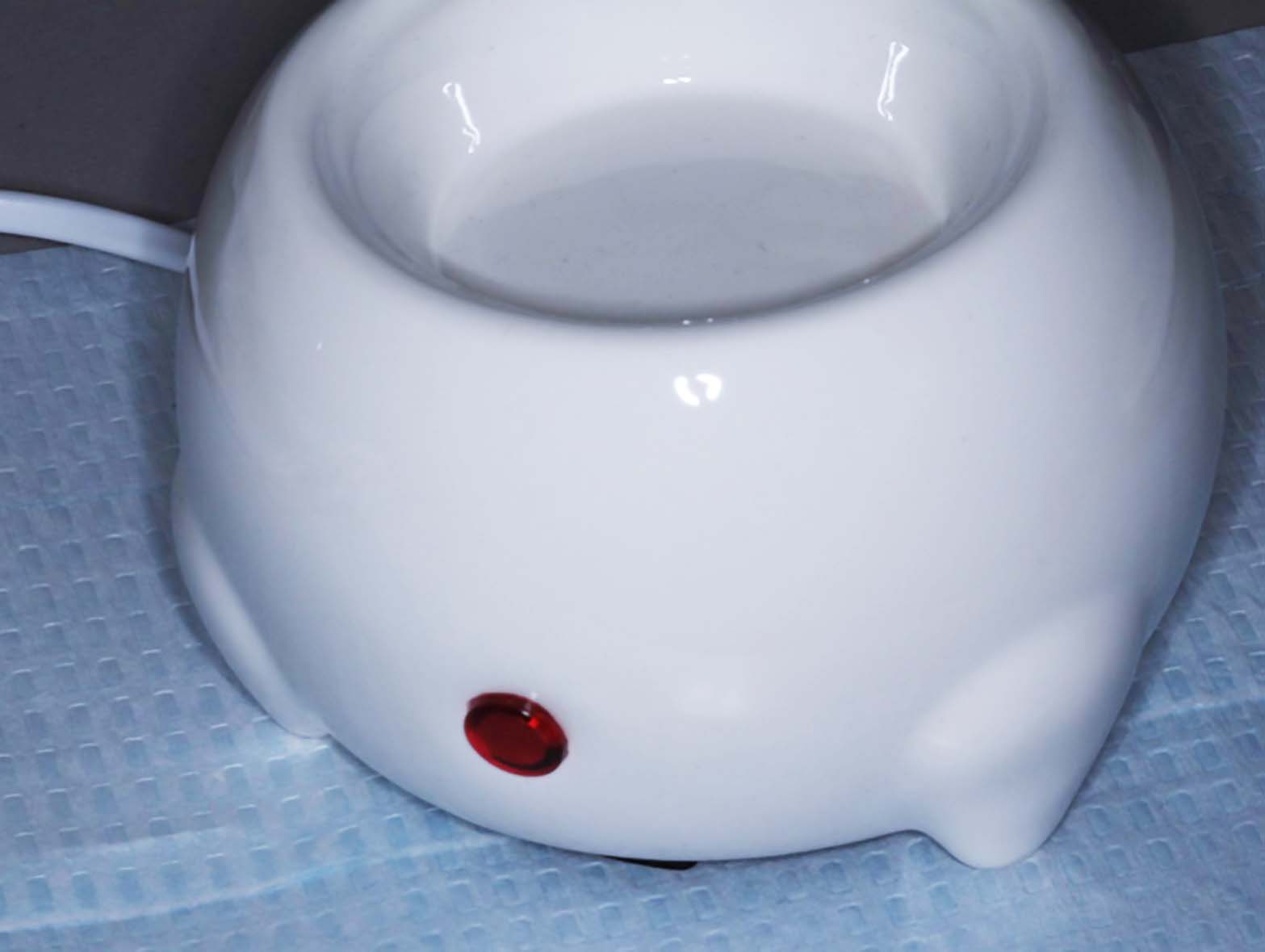Article
Resin composite materials are the gold standard aesthetic materials currently used in dentistry for restorations in anterior and posterior teeth. Recently, some clinicians have sought to pre-heat their composite materials in devices sold by dental suppliers in order to reduce the viscosity of these materials. While these clinicians heat their composites in order to reduce the paste viscosity, there are other advantages such as an improvement in marginal adaptation, as described by Wagner and co-workers,1 although this effect was negated by delaying light curing after composite placement. Improved monomer conversion has also been demonstrated by Daronch et al.2 However, when degree of monomer conversion was measured by Lohbauer and colleagues, pre-heating at between 54°C and 39°C improved conversion.3 These workers questioned whether the advantageous effect of better marginal adaptation of the unset material was clinically relevant, since temperatures of the heated material rapidly dropped to physiological levels on removal of the pre-heating device. It has also been noted that heating of composite materials may lead to higher polymerization shrinkage and associated higher polymerization shrinkage stresses.4
Notwithstanding the above, the first author prefers his composite materials to be of low viscosity and therefore heats his chosen composite material briefly prior to use. He, and some colleagues, have found the home wax melter (designed to enhance the aroma of the home) to provide a cheap alternative to the composite heater (Figure 1). These devices are intended to ‘gently melt wax, releasing delightful aromas around your home’, but appear to be suitable for heating composite, although further work may be indicated to validate this more fully.


